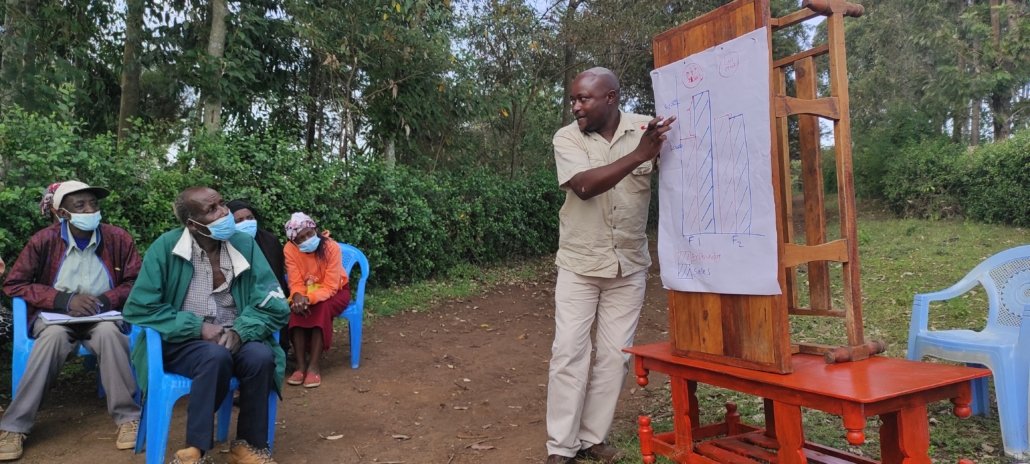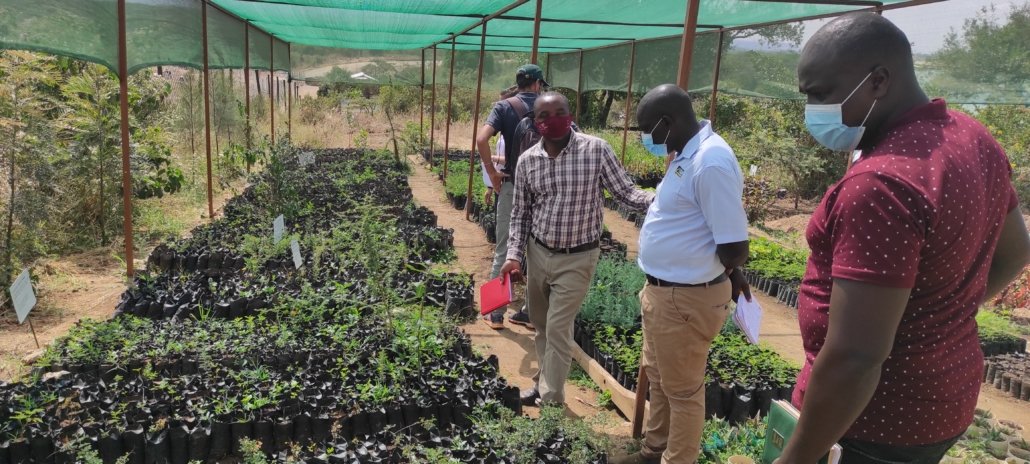In mid-June, three Fert agents went to Kenya to carry out a mission with CGA, an organization of cereal farmers and partner of Fert. The objective was to support the CGA teams in analyzing the gross margins of agricultural activities and defining a strategy for setting up experimentation.
Since 2016, CGA’s agricultural advisors have accompanied member farmers in analyzing gross margins and managing their cash flow: essential aspects for decision support.
Strengthen the analysis of production costs
An exchange workshop with elected members and employees of CGA explored the various possible uses of the technical and economic results of farmers.
“We need to stop express regret about [ grain ] prices and examine what we can do about production costs.”
“Gross margin calculations not only show whether the farmer has made or lost money, but can really help the farmer in making decisions to improve income.”
An Excel tool has been developed to facilitate the analysis. It allows farmers to compare their results with each other and with references from demonstration plots. Thanks to this tool, farmers become aware of the impact of certain agricultural practices on yield and production costs.
Improve the rigor of experiments
CGA wanted to bring greater rigor to the conduct of demonstration plots as of the next cropping season, because advisors are having difficulty obtaining reliable results.
In response to requests from some farmers and in the face of beliefs that compromise the dissemination of good practices, experimental sites will be set up in each of the five counties receiving support from Fert. They will be subject to rigorous protocols and will make it possible to test and demonstrate the interest of certain practices whose effects are visible in the longer term.
CGA also wishes to support the development of agro-ecological practices, starting with a study on the practices of producers in Meru and Laikipia counties conducted in partnership with Fert.
These two projects feed each other: the analysis of production costs and the comparison of agricultural practices can help identify needs in terms of experimentation. Conversely, the experiments can provide useful technical and economic references for the analysis of production systems and decision support.
Thanks to these two projects, advice to farmers will be more relevant and CGA will gain credibility.




